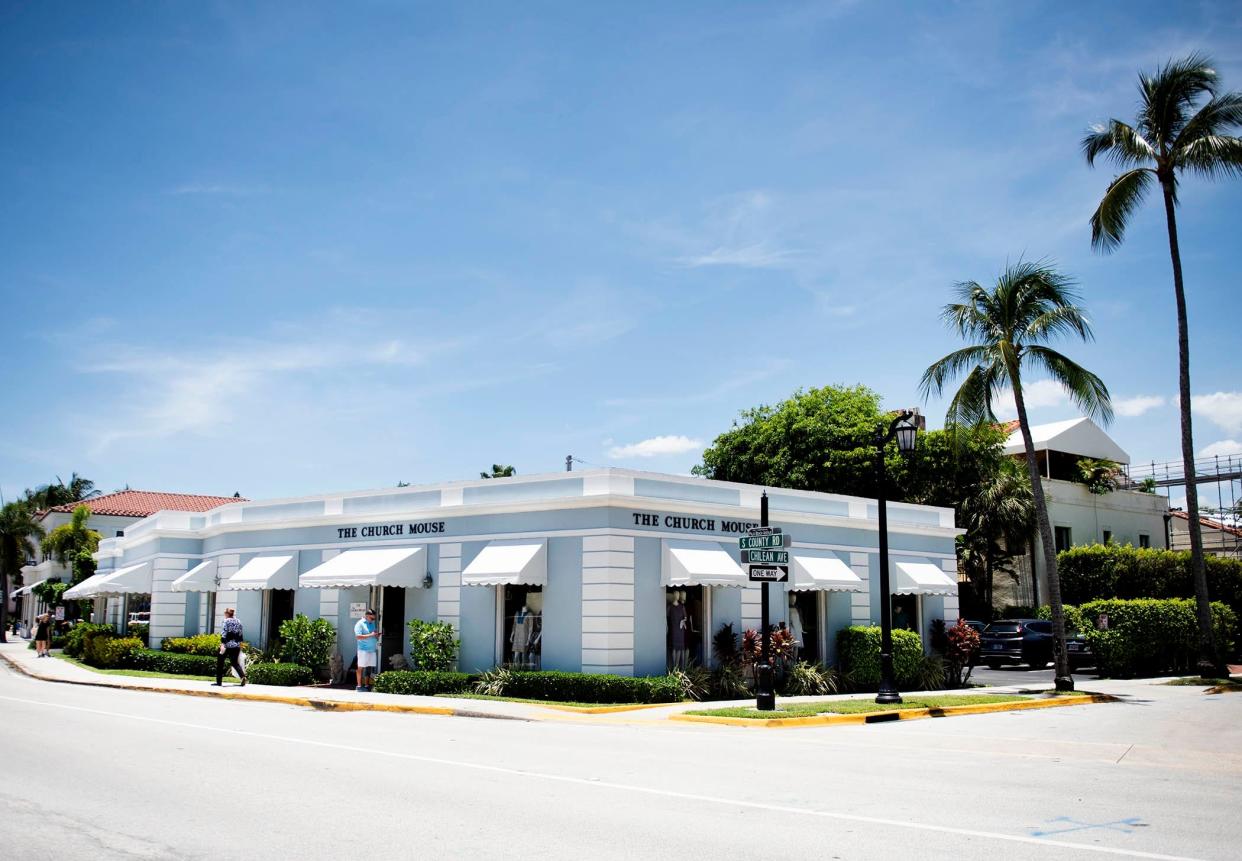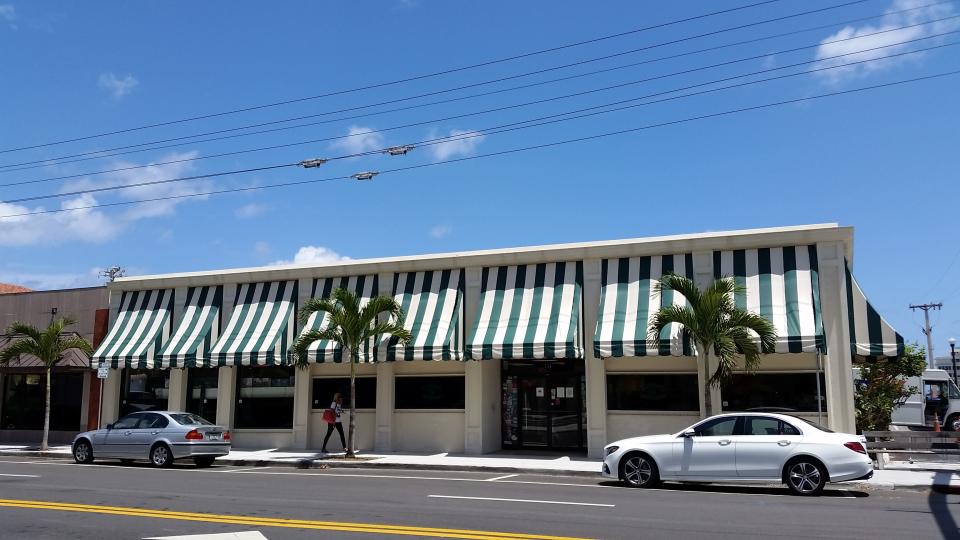Palm Beach to consider nine commercial buildings for landmarks designation

Nine historic commercial properties will be studied for potential landmarks designation during the 2022-23 season.
At their monthly meeting Sept. 21, members of the Landmarks Preservation Commission agreed to allow the properties to be studied as possible landmarks beginning this fall.
Eleven residential properties also will be studied for landmarks designation beginning in November, landmarks consultant Janet Murphy told the commission. Presentations on those properties were deferred from the spring.
Key distinctions between buildings: Palm Beach official explains differences between landmarked, historic buildings
A walk through time: The past is present in historical Palm Beach buildings and landmarks
Newly designated landmarks: 16 historic properties designated as landmarks during Palm Beach winter season
Additional residential properties may be studied for landmarks designation if their owners request it, Murphy said, but because of the uncertainty created with the passage of House Bill 423 this spring, she and her business partner, Emily Stillings, asked the commission to place only commercial properties under consideration for further study.
The bill, which took effect July 1, prevents local officials from protecting newly landmarked houses from demolition if their owners didn’t consent to the designation during the review process. The law applies to houses that were landmarked after Jan. 1 of this year in one of three specified FEMA-map flood-hazard areas, which encompass all of Palm Beach.
At its September development review meeting, the Town Council passed a resolution protesting the amendment and urging lawmakers to repeal it in next year’s legislative session.
"There are challenges due to Florida House Bill 423, so we selected to propose commercial buildings this year, as they are not affected by the bill," Murphy said. "We believe they are worthy of designation."
The nine properties are:
• 296-302 S. County Road. The Art Deco structure designed by architect Henry Stephen Harvey in 1931 is a one-story building consisting of four storefronts.
• 304-306 S. County Road. The Mediterranean Revival structure designed by Harvey in 1929 is a one-story building consisting of two storefronts.
• 310-316 S. County Road. The structure designed in a classic style by architect Draper Babcock in 1946-1947 (north portion) and in the Moderne style by architectural firm Caler & Plockelman in 1951 (south portion) is a one-story building consisting of four storefronts, including the 42-year-old Classic Bookshop.
• 101 N. County Road. The Moderne structure designed by architect by Gustav Maass is a one-story structure that is occupied by Serena & Lily Palm Beach.
• 262 Sunset Ave. The Frame Vernacular American Four Square structure designed by builder Benjamin Franklin Hoffman in 1920 has been occupied for the past 22 years by the Island Animal Hospital.
• 376 S. County Road. The Georgian Revival structure designed by renowned architect John Volk in 1936 has been occupied for the past 39 years by the Church Mouse thrift store.
• 151 N. County Road. The Commercial Masonry Vernacular structure was designed in 1965 by architect David Shriver for Greens Pharmacy, which continues to occupy the space.

• 249 Peruvian Ave. The Mid-Century Modern-style structure was constructed by builder W.E. Moorehead in the 1920s, with additions designed by architect John Stetson in 1958.
• 201 Worth Ave. The structure designed in the International Style by architect John Stetson in 1955 was named after its first owner, Irving Armour. The three-story, mixed-used building sits on the southwest corner of South County Road and Worth Avenue.
"You may not love the look of every one, but all of these buildings are really iconic for Palm Beach," commission member Brittain Damgard said. "These are buildings that you know."
The Landmarks Preservation Commission reviews exterior changes to the 350 landmarked buildings in town, and recommends additional buildings for landmark protection to the council each year.
It also considers development applications for historically significant buildings, which were created in an effort to discourage owners from tearing down older houses that aren’t landmarked, but still contribute to the charm and character of their neighborhoods.
Jodie Wagner is a journalist at the Palm Beach Daily News, part of the USA TODAY Florida Network. You can reach her at jwagner@pbdailynews.com. Help support our journalism. Subscribe today.
This article originally appeared on Palm Beach Daily News: Landmarks designation: Palm Beach considering 9 commercial buildings

